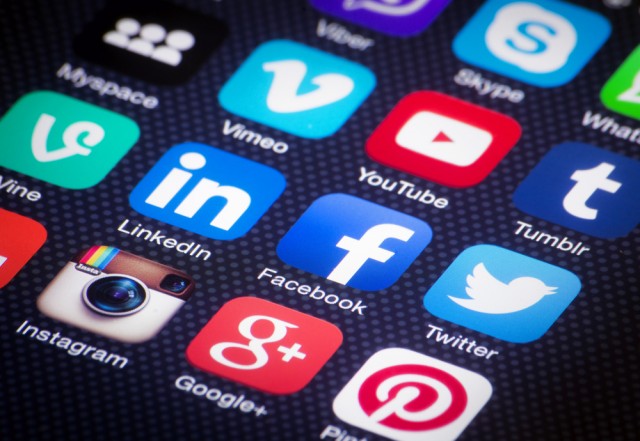How Social Media Is Impacting Society at Large
Social media has become strongly embedded in our culture. Virtually all businesses have at least one social media account. And most individuals spend hours every day reading news, social posts, and other information posted on these sites. So, how does this affect society as a whole? Here are some interesting facts:
- 10 percent of young people admit to engaging in social media activities during sex.
- All major presidential candidates are on Twitter. And so are many other leaders of state.
- News actually breaks on Twitter before it’s reported on cable networks.
Based on information like this, it’s apparent that social media is here to stay. What’s more it greatly affects the way we live.
Intriguing Insights and Statistics
When attempting to understand the effects of social media on society, it’s wise to look at trends and statistics. Here are a few facts worthy of examination:
- For 27.8 percent of Americans, social networking sites are their preferred news source. That number ranks slightly below newspapers (28.8 percent), but above radio (18.8 percent). Meanwhile, other print publications come in last at only 6 percent.
- In July 2012, Americans spent a total of 74 billion minutes on social media from home computers. They racked up another 40.8 billion minutes via apps, and 5.7 billion minutes through mobile web browsers. That added up to 121.1 billion total minutes for the month!
- An impressive 84 percent of United States governors are represented on Twitter. And 40 percent of the top religious leaders in the world also tweet from time to time.
What do these numbers say about social media and Western culture? There are certainly pros and cons to the topic, and both sides should be evaluated. Many of the benefits are a double-edged sword and we need to weigh them accordingly.
The Good, the Bad, and the Ugly
It’s impossible to make any all-inclusive claims about social media. It must be broken down into positives and negatives. The best way to do this is by looking at the good, the bad, and the ugly of these sites in today’s society.
-
The Good
You often hear how social media is negatively affecting the younger generation. However, critics often go mute when positive effects are brought to light. For example, businesses frequently use Facebook to engage with customers. Additionally, people use YouTube to raise awareness for issues that are usually pushed under the rug. Furthermore, friends separated by long distances can keep in touch by sharing images on sites like Instagram. A prime example of the good that can come from social media is this past summer’s ALS Ice Bucket Challenge.
-
The Bad
For every positive, there is a negative. Instead of interacting with others face-to-face, many people have taken the non-confrontational approach of using Facebook or Twitter. Look around the next time you’re in public, and you’ll likely see people everywhere on their phones and tablets. Opponents of social media would argue that it has made people much more introverted.
-
The Ugly
While there are many advantages and disadvantages to using social media, there are also some truly ugly aspects. For example, cyber bullying and online harassment has significantly increased since these platforms made their way into mainstream society. Privacy has been harder to keep, and productivity in the workplace has slipped to alarming lows in many situations.
The Verdict
It’s up to the user to decide the power of social media. Every person determines how they will use it. Only the individual user can determine whether it will be for the good, the bad or even the ugly. The key is to understand the positives and negatives before making any decisions, and work to use social media as a positive tool as much as possible.
